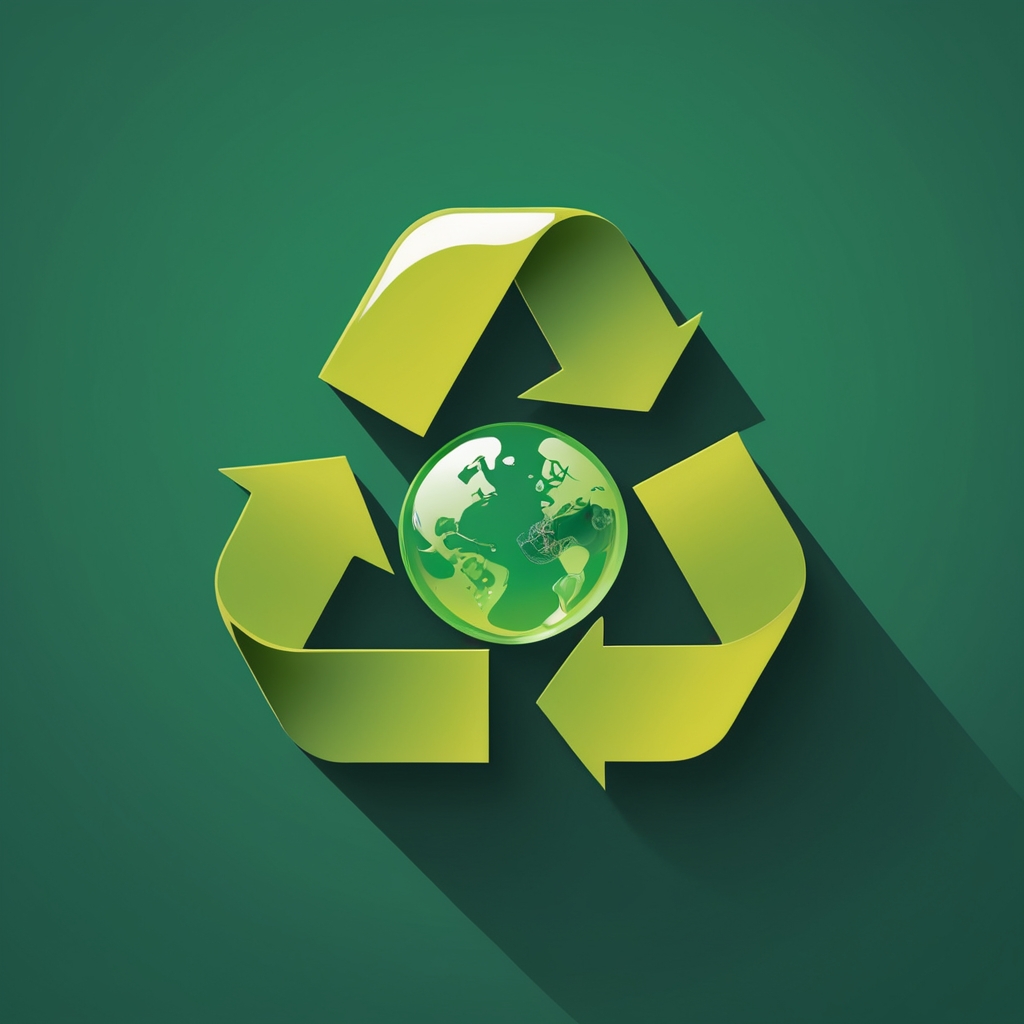
CHEMICAL RECYCLING
Plastic serves many purposes, including in airbags, computers, insulation, and CDs, but its resistance to degradation contributes to plastic waste accumulation. While various recycling technologies exist, most reduce plastic quality. This thesis explores a recycling method that maintains plastic quality.
The research examines hydrogenation, which converts plastic’s double bonds to single bonds, and controls the remaining double bonds in the polymer. Ethylene and a catalyst break weaker these double bonds (ethenolysis), cutting long chains into smaller components. The study investigates the relationship between the number of double bonds left after hydrogenation and the size of components produced.
But why are these smaller fragments desired? Well, these small fragments can be reattached to each other in a process called polymerization, to produce high-quality plastic. This way a method is discovered to cut the plastic into small chemical components and convert these small components back into plastc without the loss of quality, to achieve circularity.
Academic Writing | Lab Experience | Chemical Recycling